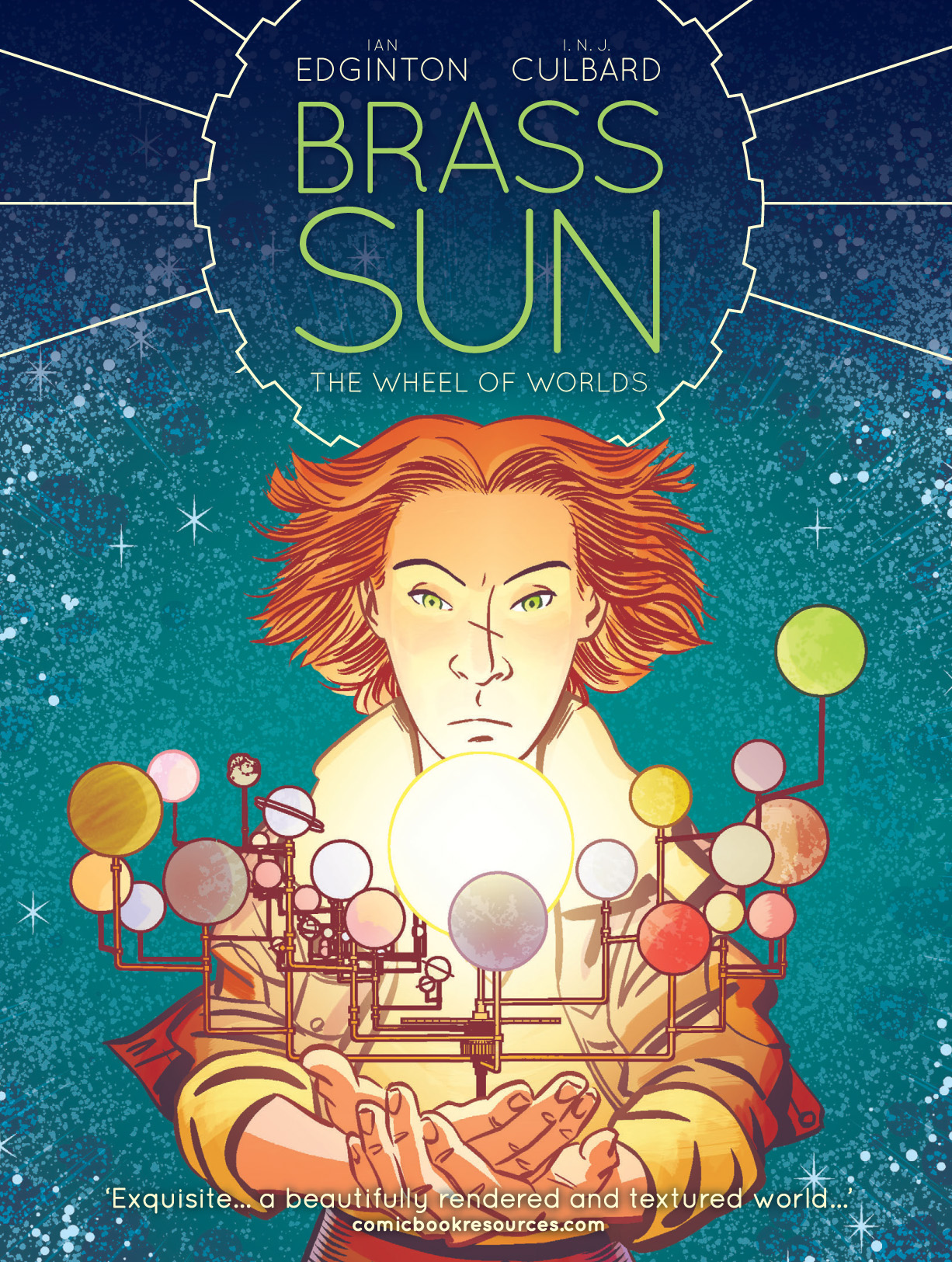
Review | Brass Sun: The Wheel Of Worlds
A wonderfully engaging genre-blending tale, Brass Sun: The Wheels Of Worlds is required reading.

Discussing the minutiae of comic book collecting.

Discussing the minutiae of comic book collecting.

A wonderfully engaging genre-blending tale, Brass Sun: The Wheels Of Worlds is required reading.
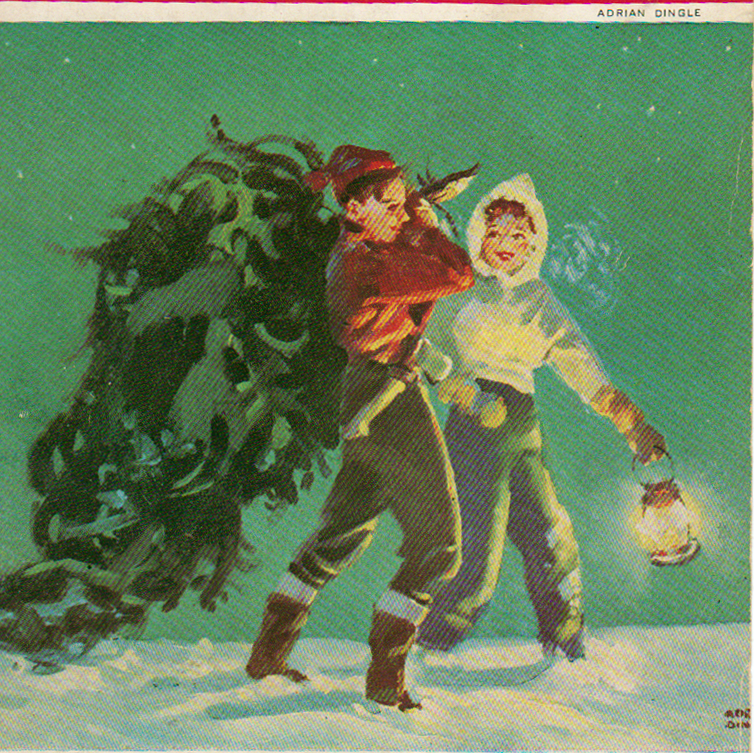
Presents and surprises are one part of Christmas, for some a huge part, but one can’t deny that it’s invariably a pleasant experience to get a gift, especially an unexpected one. My friend and fellow WECA book collector, Walter Durajlija,…
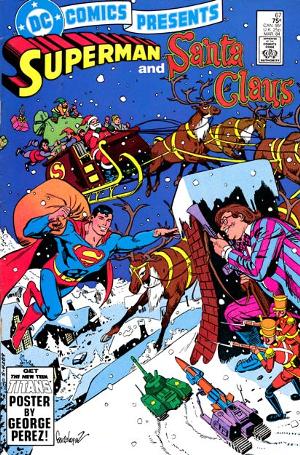
DC Comics Presents #67, DC Comics, (March 1984) I spent way too long narrowing down this week’s Christmas themed Undervalued Spotlight. It sure was fun perusing through so many very cool Christmas themed comics though. It became apparent to me…
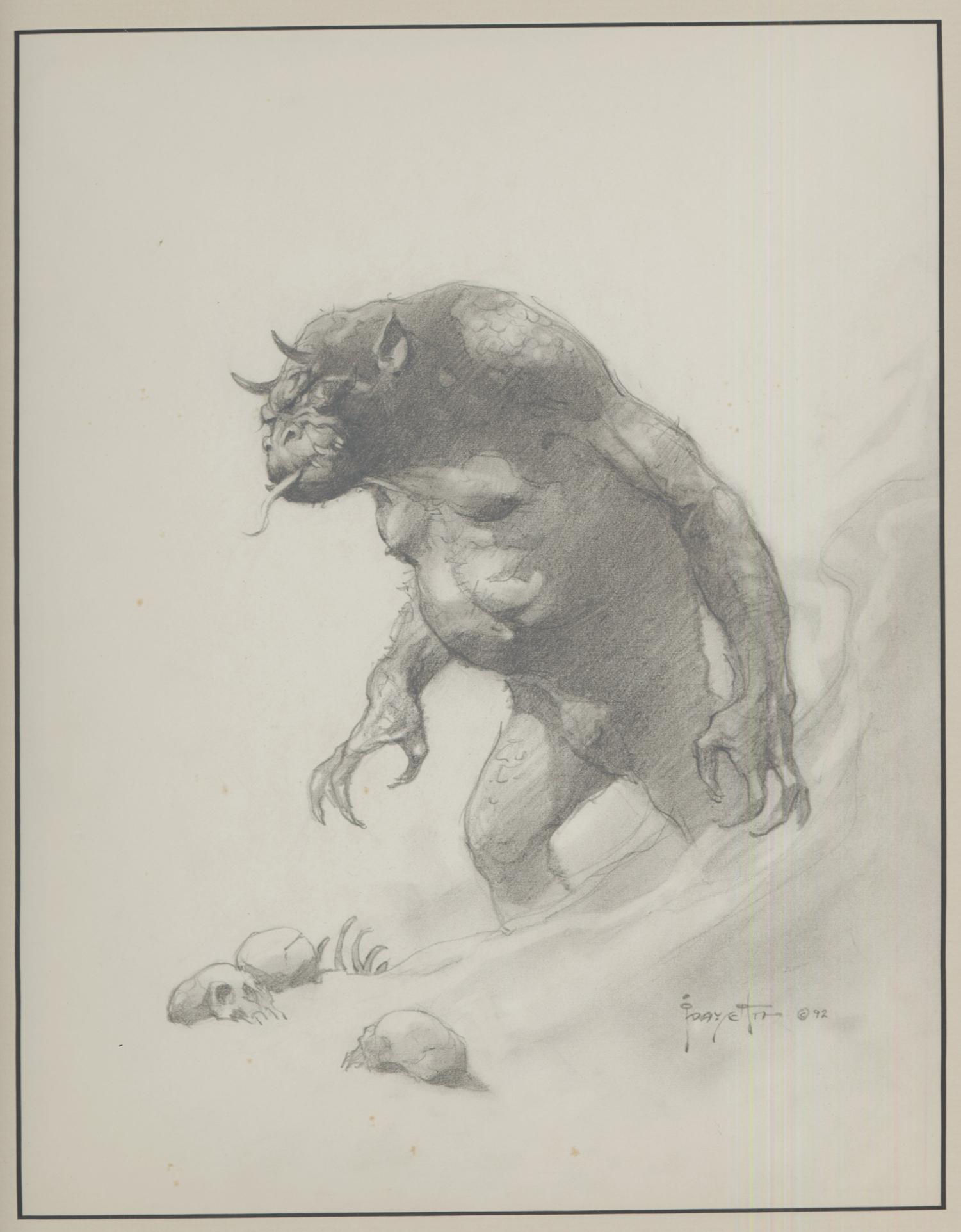
Completing Thursday December 18th 2014, Russ Cochran’s Comic Art Auction #129 contained some interesting items. A regular event run by Cochran with less than 100 items, these have become the definitive source for Frank King Gasoline Alley strips, and this…
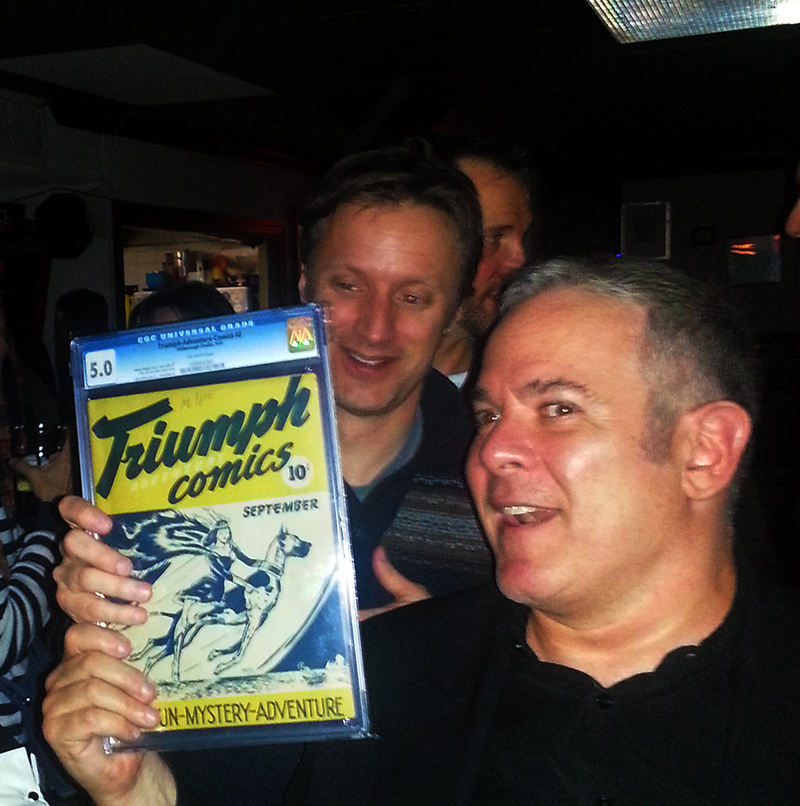
There are a number of elite collectors of Canadian war-time comics. This tiny handful has managed to unearth these rare diamonds in the rough (in garages, barns, attics, trunks, and basements) and, through dogged persistence, ace detective work, and love…

IDW is launching a new imprint called Artisan Edition that is offering Artist's Editions in an 8" x 12" paperback format for $50.
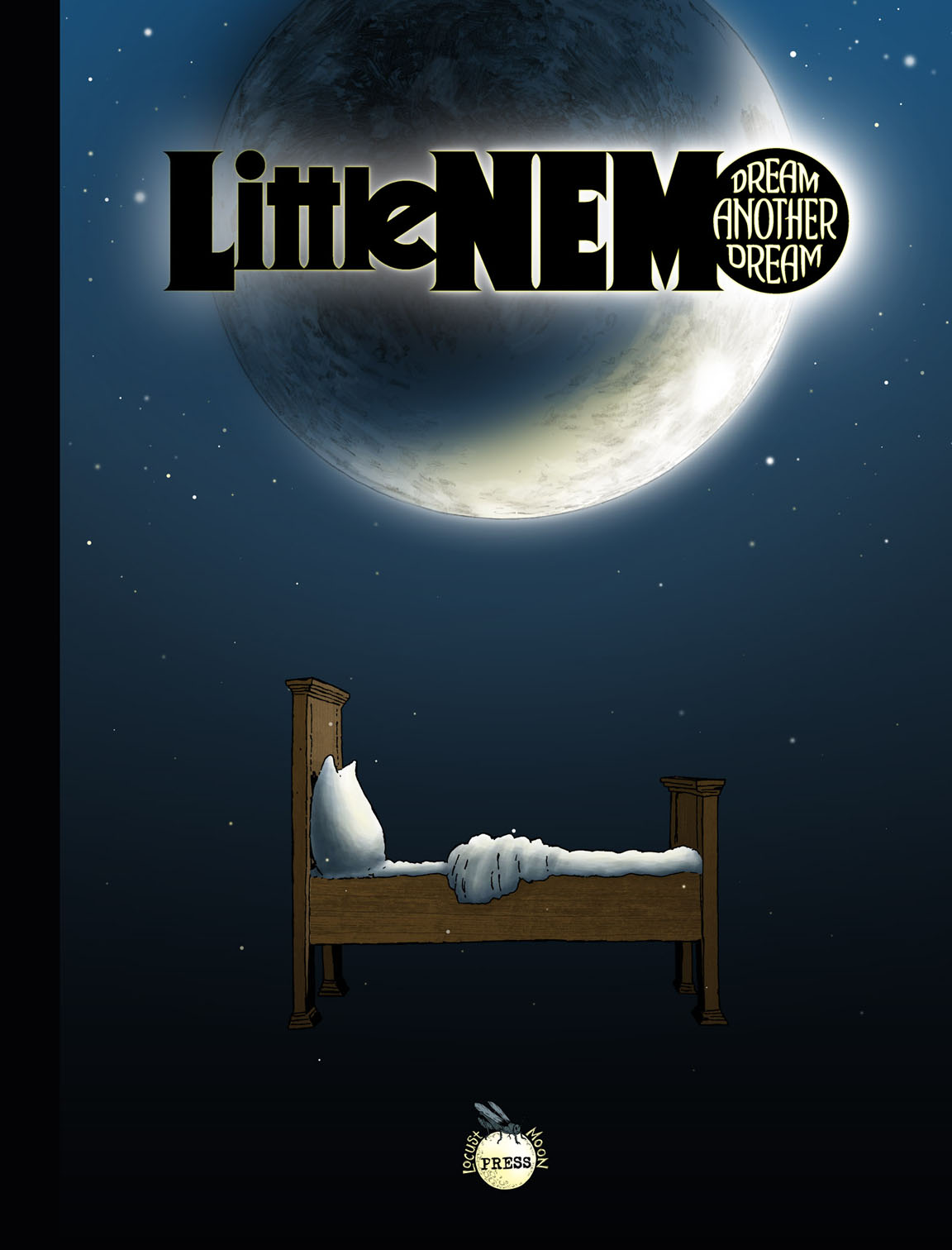
A massive collection in terms of sheer size and creator input, Little Nemo: Dream Another Dream brings together a veritable who's who to pay tribute to Winsor McCay's most enduring creation.

It’s an understatement to point out that most average income collectors, like me, have been priced out of battling for WECA comics through online auctions now that the comic collecting community has more widely become aware of them: of their…
Avengers #93, Marvel Comics, (November 1971) Recently I spent a good whack of money on a nice little pile of raw books. I had to pay a hefty premium for some of the hotter books like Fantastic Four #52 and…
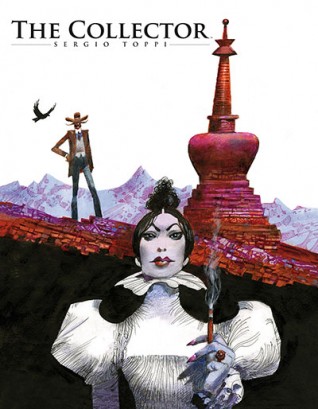
Another stunning collection of translated Sergio Toppi material, The Collector is a compelling and beautiful read.
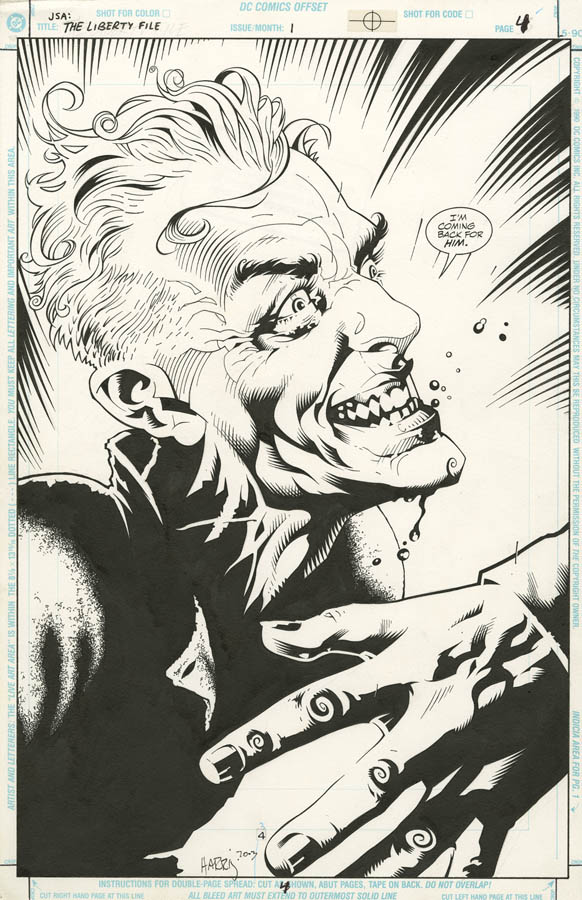
The ComicLink Fall Featured Auction 2014 Original Art session ended last night. There was a large amount of items, over 650, and Featured Auctions are supposed to only have art expected to fetch $500 or more. A lot of great material was sold with some big dollars for the usual suspects. As always let's take a look at five pieces that are on the lower end of the spectrum, or as we art buyers like to think affordable.
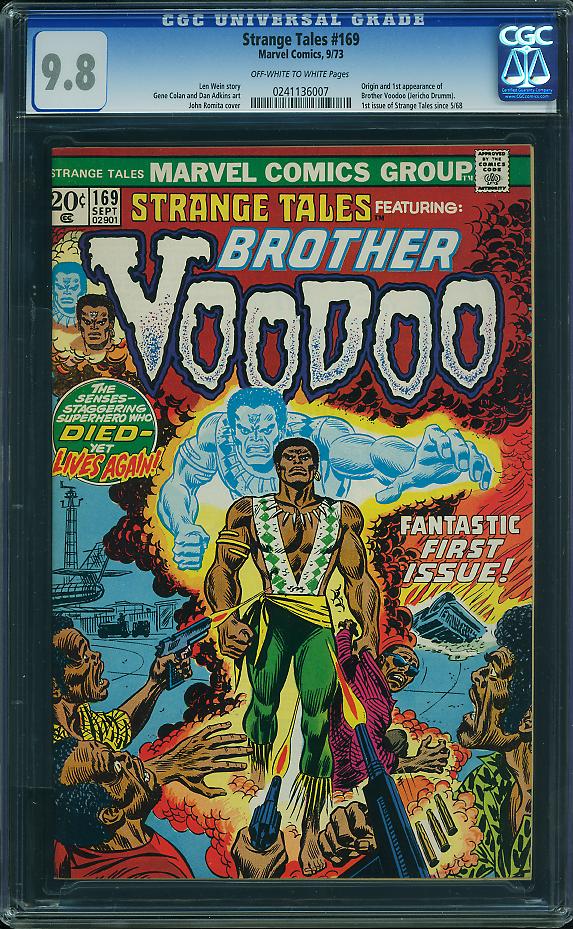
Comic Link Fall Featured Auction The comic book portion of ComicLink’s Fall Featured Auction ended Wednesday December 3rd and there were some very interesting results. To say that the market is hot would be an understatement! So many books set…

There are very few comic books that are truly scary and cause those fine hairs on the back of my neck to stand to attention but here’s one that’s a Canadian WECA book. In the spring of 1942 a strange…
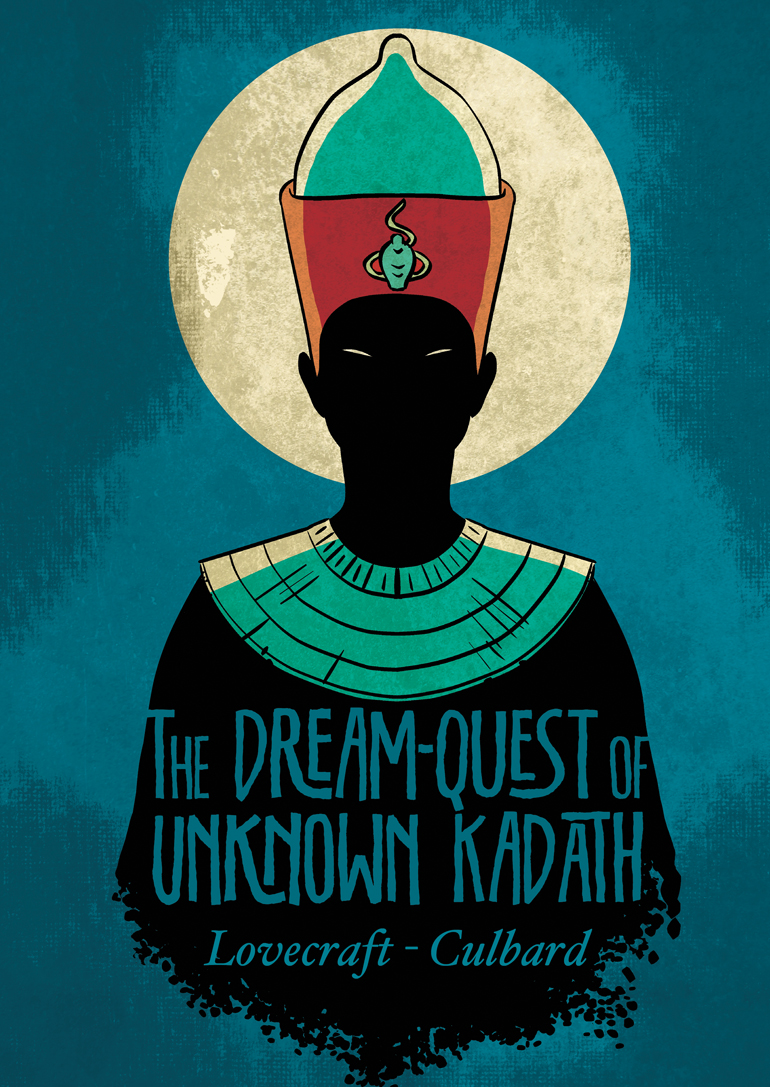
A different kind of Lovecraft tale skillfully adapted by I.N.J. Culbard, The Dream-Quest of Unknown Kadath is a worthy addition to this line of graphic works.
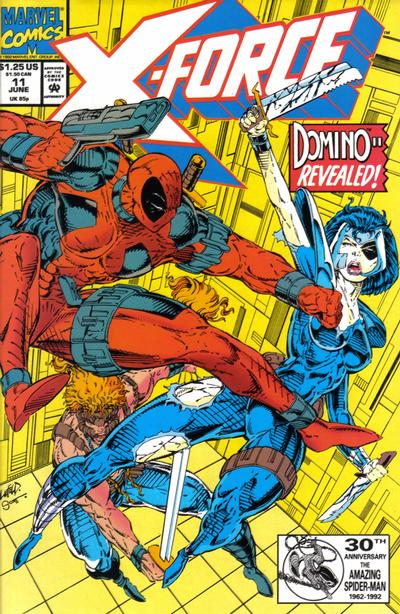
X-Force #11, Marvel Comics, June 1992 “Is it safe”? Remember than line in the old Marathon Man movie from the 1970s? Where Sir Lawrence Olivier is torturing Dustin Hoffman with some dental hooks? I found myself asking the same question…
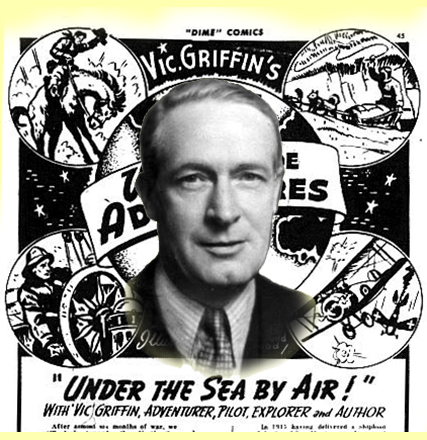
Text stories, a whole bunch of words and a couple of pictures; they were probably the most skipped-over part of any WECA comic they appeared in. Though they didn’t appear in every war-time Bell Features comic book, they did appear…
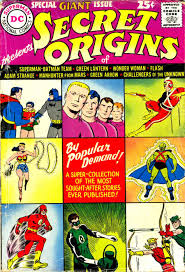
Secret Origins #1, DC Comics, June 1961 We’re going to the bullpen and calling in the trusty right hander Mike Huddleston to post this week’s Spotlight pick. Mike is known for his sliders but can throw you a good curve now and…
Heritage Auctions had a whole pile of strong comics finish at auction yesterday, Wednesday November the 20th. There was an Action Comics #1 graded CGC 3.0 that realized $310,700. This is a disappointing result coming on the heels of the big…
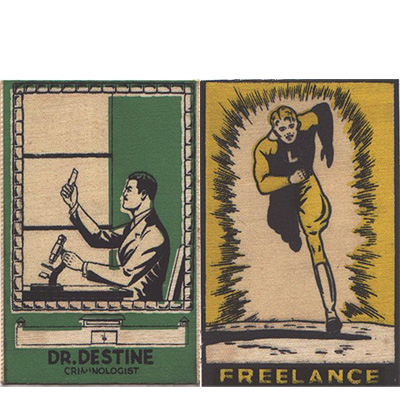
Along with publishing the comic books themselves, our main four WECA publishers also put out a number of additional materials for kids of the time that is also eminently collectible and in this week’s column I’d like to draw attention…
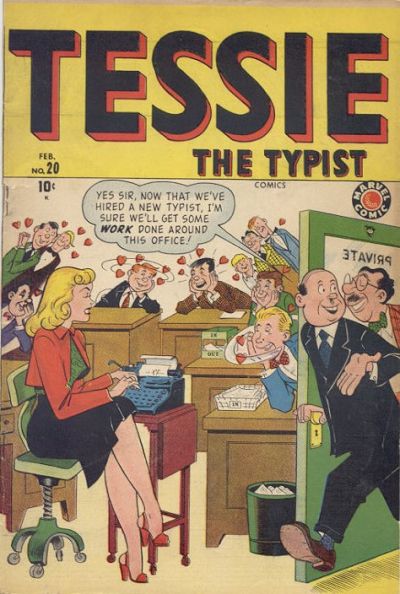
Tessie the Typist #20, Marvel Comics, February 1949 Recently I was tidying up my comic piles when I stumbled upon a low grade, incomplete copy of this gem. What an absolutely amazing cover! My initial reaction was the typical one,…